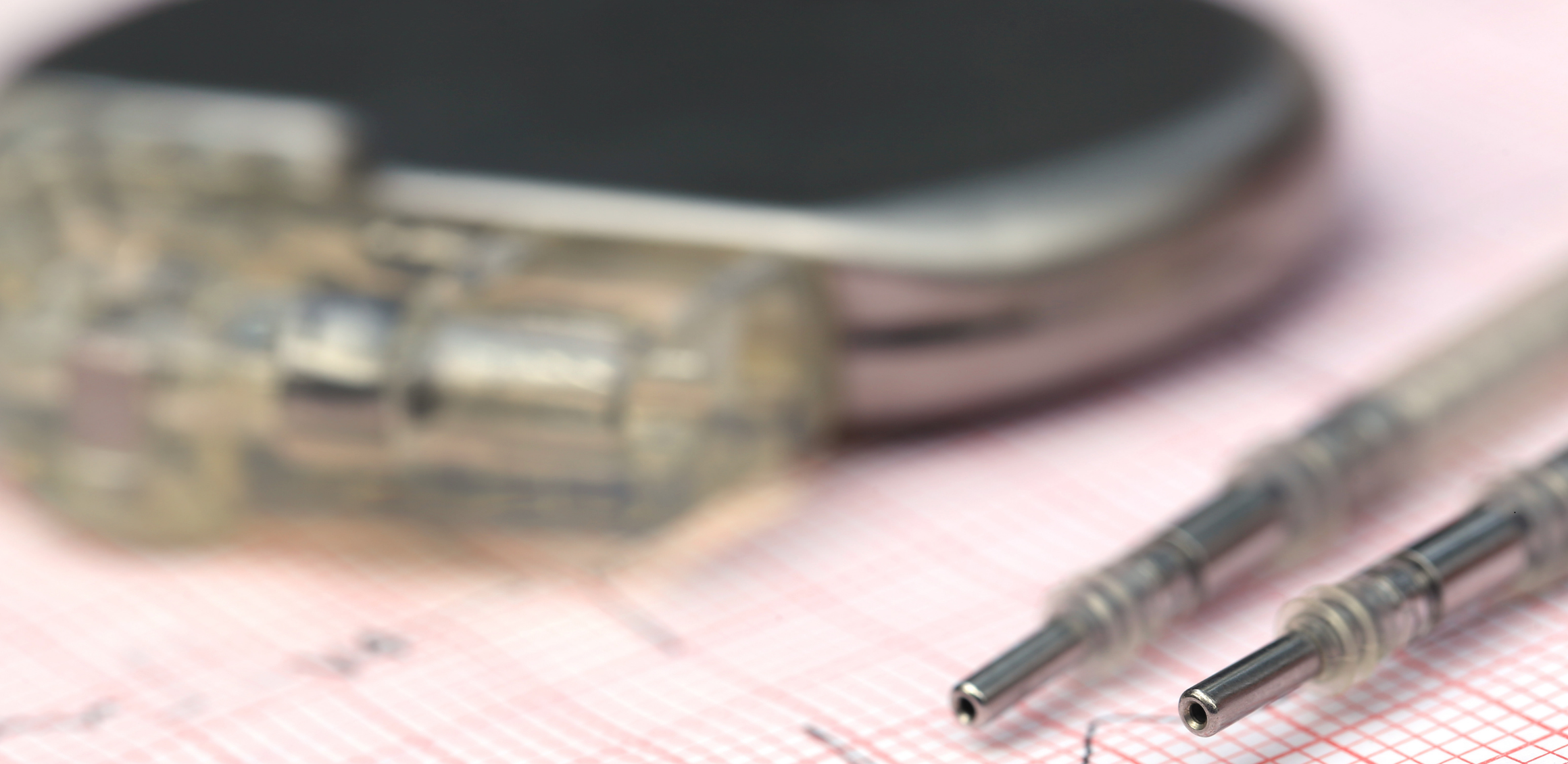- TAVI
- Tri-Klip
- Complex Coronary Interventions
- CTO Treatment (Chronic Total Occlusion)
- Balon Mitral Valvuloplasti
- Pulmonary Balloon Valvuloplasty
- Septal Ablation
- ASD (Atrial Septal Defect)
- Coronary Arteriovenous Fistula Closure
- Paravalvular Leak Closure
- Ablation Methods for Tachycardias
- Supraventricular Tachycardias
- Atrial Fibrillation
- Epikardial Ablation
- Stereotactic Radiosurgery
- Lead Extraction
- Device Implantations
- Pacemaker / ICD
- CRT / CRT-D Implantation
- Wireless Pacemakers
- Renal Denervation
- Non-Surgical Treatment of Aortic Aneurysms and Ballooning
- Cardioneural Modulation

Wireless Pacemaker
Wireless pacemakers are advanced cardiac devices that offer a less invasive alternative compared to traditional wired pacemakers.
Wireless Pacemaker
Wireless pacemakers are advanced cardiac devices that offer a less invasive alternative compared to traditional wired pacemakers. These devices are typically smaller in size and are implanted directly into the heart, unlike traditional pacemakers that require leads (electrode wires) connected to an external device.
Functionality
Wireless pacemakers regulate heartbeats by monitoring the heart’s electrical activity and delivering electrical impulses when needed. They are primarily used to treat conditions such as bradycardia (slow heart rate).
Advantages
- Less Invasive: Wireless pacemakers are implanted into the heart through a catheterization procedure typically performed from the groin area. This method is less invasive as it does not require a chest incision.
- Smaller Size: These devices are much smaller than traditional pacemakers, providing less discomfort during placement and mobility.
- No Lead Requirement: Eliminates complications associated with wired leads (such as lead displacement, fracture, or infection).
- Less Visible: Being entirely placed inside the heart, they do not leave any visible sign externally.
Implantation Process
- Preparation: The patient undergoes comprehensive evaluation to determine suitability for a wireless pacemaker.
- Anesthesia: Generally, local anesthesia or sedation is administered.
- Catheterization: A catheter is guided to the heart through a large vein in the groin area (usually the femoral vein).
- Placement of the Pacemaker: The wireless pacemaker, delivered via the catheter, is positioned inside the heart and securely fixed to the heart wall.
- Testing and Programming: The device is tested to ensure proper functioning, and necessary adjustments are made.
- Completion: The catheter is removed, and the procedure is completed.
Risks
- Infection: Risk of infection at the catheter insertion site.
- Bleeding or Hematoma: Risk of bleeding or hematoma at the catheter insertion site.
- Device Malfunction: Rare risk of device malfunction.
- Positioning Issues: Risk of improper positioning of the device or displacement over time.
Applications
Wireless pacemakers are particularly preferred for:
- Patients with Previous Lead Issues: Those who have experienced problems with leads in the past or where lead placement is not feasible.
- High Infection Risk Patients: To minimize the risk of infection.
- Patients Requiring Minimal Invasive Approach: Patients who prefer or require a less invasive procedure.
Conclusion
Wireless pacemakers represent a significant innovation in cardiology, offering a less invasive and more comfortable treatment option compared to traditional pacemakers for many patients. These devices effectively treat cardiac arrhythmias, enhancing patients’ quality of life and reducing complication risks. This advanced technology in modern medicine has brought about significant advancements in the management of heart diseases.
